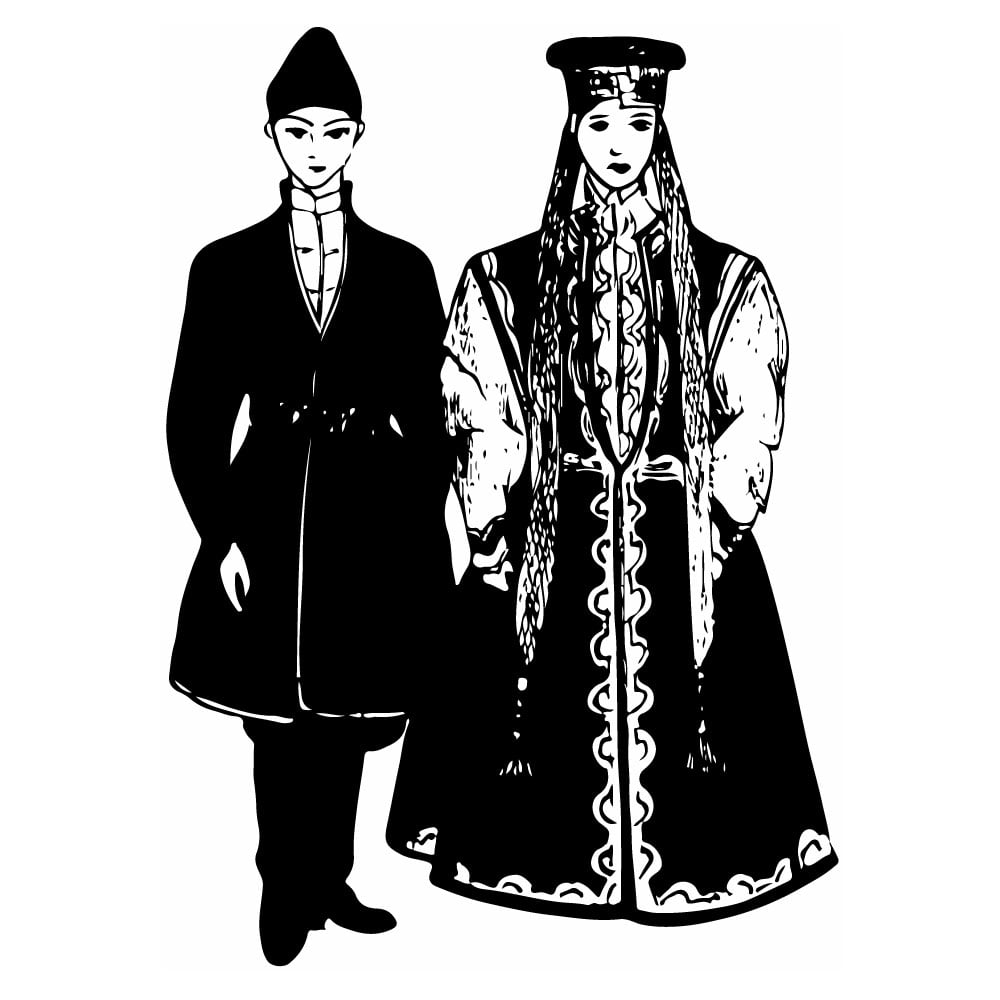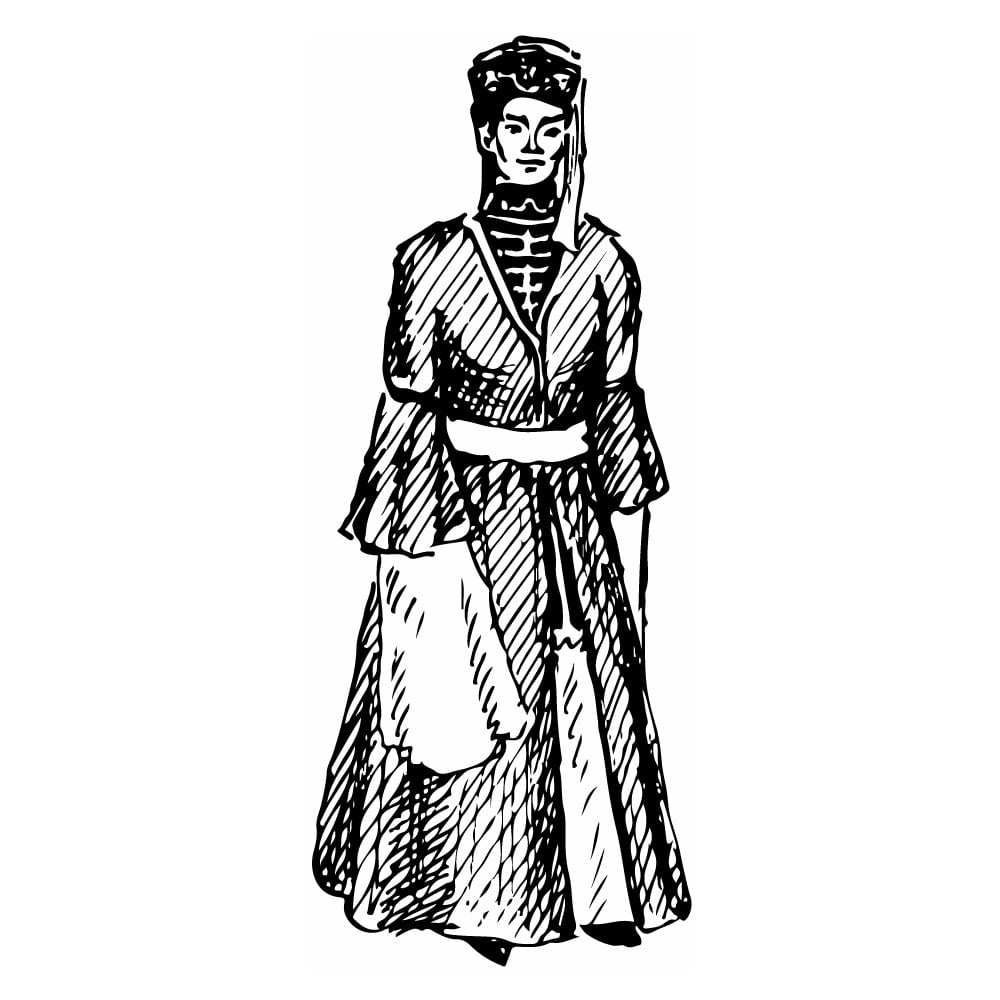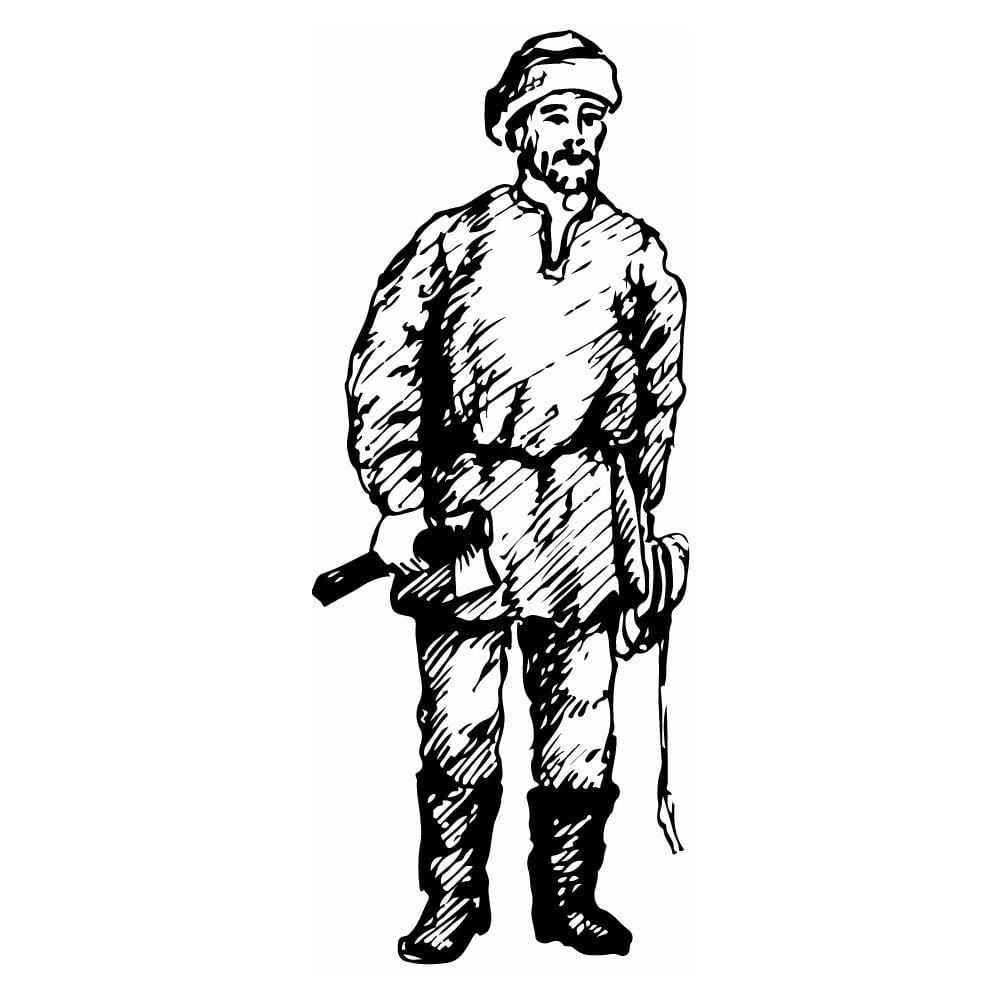Nenets
| Population | 3,000 |
| Language group | Samoyedic |
| Language | Nenetic |
| Region | Autonomous areas – Nenets, Yamalo-Nenets, Dolgano-Nenets (Siberia) |
| Religion | Christianity, Shamanism |
*Population estimates for 1994
The Nenets are the most numerous among the Samoyedic language group people.
The name “Nenets” comes from the word “nenets” meaning “man.” This name of both European and Siberian Nenets is officially accepted as the name of the whole people. The Nenets is the people inhabiting a considerable territory in the north of the CIS from the Kola Peninsula to the right bank of the Yenisei.
In the first millennium AD, under the pressure of nomadic cattle breeding tribes, pagan Samoyedic ancestors of the Nenets who were obviously reindeer-breeders were made to move from the taiga and forest-steppe regions of South Siberia to the North. There they merged with the aboriginal population of hunters and fishermen (in the Nenets legends the latter were called “sihirtya”).
The first written records about the Nenets were dated to 1096. The mentions about this people are found in the Nester’s chronicles. Therefore, already in the eleventh century, the Nenets were known to Novgorod manufacturers penetrating to the remotest outskirts. In the tenth century, many Russian manufacturers poured to the East.
In the past, the Nenets were occupied with reindeer breeding, fishery, and hunting (both on land and at sea).
The Nenets clothes were deerskin overcoat for men and yagushka for women. The national footwear was called pimy which are deerskin boots.
Malitsa, a deerskin overcoat, was made of deer skins with the fur inside and sewn-on hood and mittens. When it was cold and snowy, it was common to put on a sovik over malitsa. Sovik was somewhat different from malitsa in its design. The footwear was called pimy which are high fur boots made of kamus. Women’s clothes were made of deer fur as a two-fold overcoat with the fur outside and inside. Holiday clothes differed from those of everyday wear. The holiday clothing had plenty of decorations and fur applique work for the women and differed by the color for the men.
The religious ideas of the Nenets are the remnants of the primitive animistic attitude which prevailed. They considered the calamities, the volcanoes, the hills, and the rivers to be their spiritual “masters.” Propitiation of spirits and divine beings was performed with the help of sacrifices made directly to the spirits. Shamanism played a considerable role on them. Worshipping different animals, particularly the bear, was common among the Nenets. Christening one and all has not practically changed the Nenets’ religious ideas. The influence of the new religion resulted in the fact that to the divine beings which had been worshipped long before added St. Nicholas who was particularly worshipped by the Russians living in the North.
The present living conditions of the Nenets have completely changed. Hard cheerless toil of the Nenet fisherman who were constantly indebted to the merchants became a thing of the past. Fishermen’s work has become honorable while farming and cattle breeding are being developed.
The Nenets folklore is rich and diverse. The traditional folklore is presented by bylinas, tales, legends, and riddles.
Rich and diverse is ornamentation of the Nenets clothes, fur applique works serving as decoration for women’s garments, fur purses, and other items. The Nenets are good at horn, bone, and wood carving.
This is Ad 1





























